All Stories
-
 Health & Medicine
Health & MedicineNoisy toys mute conversations
Electronic toys put a damper on the conversations between parents and babies.
-
 Agriculture
AgricultureJust adding pollinators could boost small-farm yields
Adding pollinators could start closing gap in yields for small farms.
By Susan Milius -
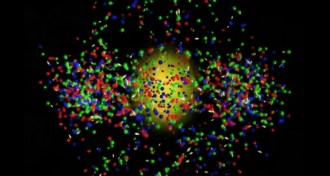 Physics
PhysicsEarly quark estimates not entirely realized
Decades of research have shed a little light on quarks, the mysterious building blocks of atoms.
-
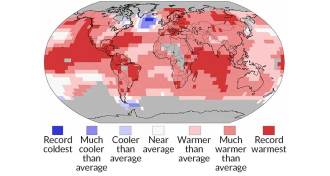 Climate
Climate2015 smashed heat records
Spurred by global warming and a “super El Niño,” 2015 now ranks as the warmest year since record-keeping began in 1880.
-
 Planetary Science
Planetary ScienceTime running out on comet lander
Philae’s days are numbered as temperatures on comet 67P drop and attempts to communicate with the lander fail.
-
 Animals
AnimalsNew tree frog genus discovered in India
Researchers unveil a newly identified tree frog genus from northeastern India that eats mom’s eggs.
-
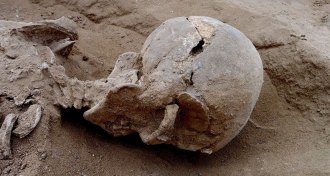 Anthropology
AnthropologyAttack 10,000 years ago is earliest known act of warfare
Human skeletons unearthed in East Africa show signs of a roughly 10,000-year-old lethal raid.
By Bruce Bower -
 Animals
AnimalsMeet the bugs that call your house home
A census of arthropods in human homes finds plenty of diversity — but few pests.
-
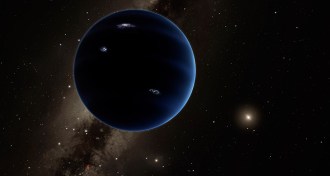 Planetary Science
Planetary ScienceEvidence mounts for hidden ninth planet
A new analysis of bodies in the Kuiper Belt strengthens the case for an unseen planet lurking in the outer regions of our solar system.
-
 Humans
HumansNo fairy tale: Origins of some famous stories go back thousands of years
Pairing folktales with ancient languages shows that at least a few folktales originated thousands of years ago.
-
 Life
LifeMicroRNAs manage gut microbes
MicroRNAs mold gut microbes into healthier communities for the host.
-
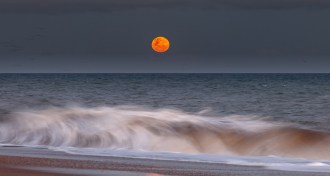 Climate
ClimateAtmospheric tides alter rainfall rate
Atmospheric tides caused by the moon’s gravitational pull ever-so-slightly alter rainfall rates on Earth by producing rises and falls in atmospheric pressure.